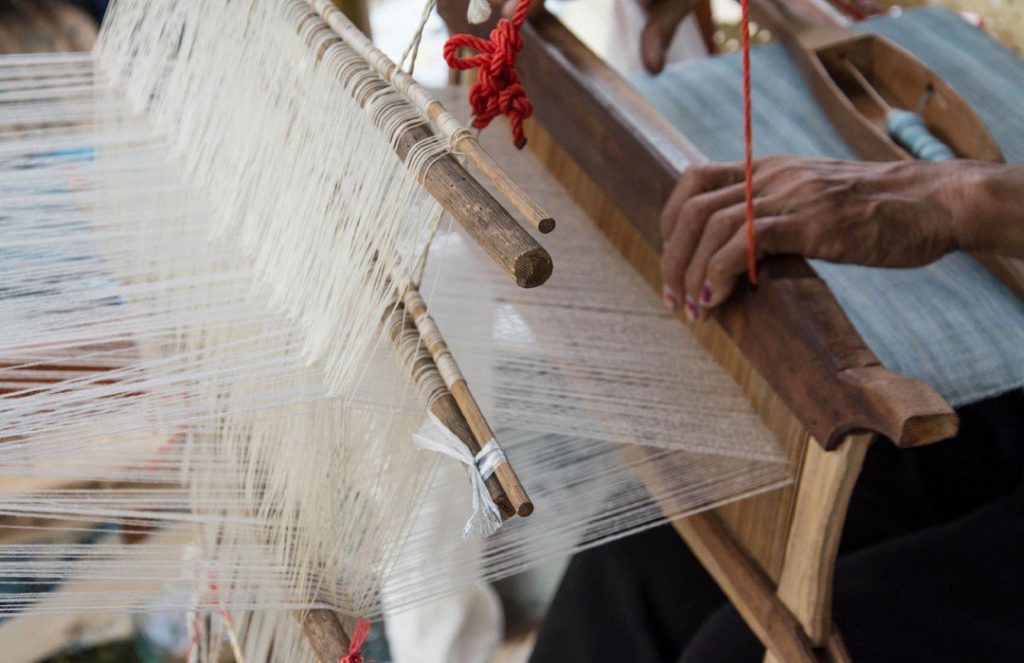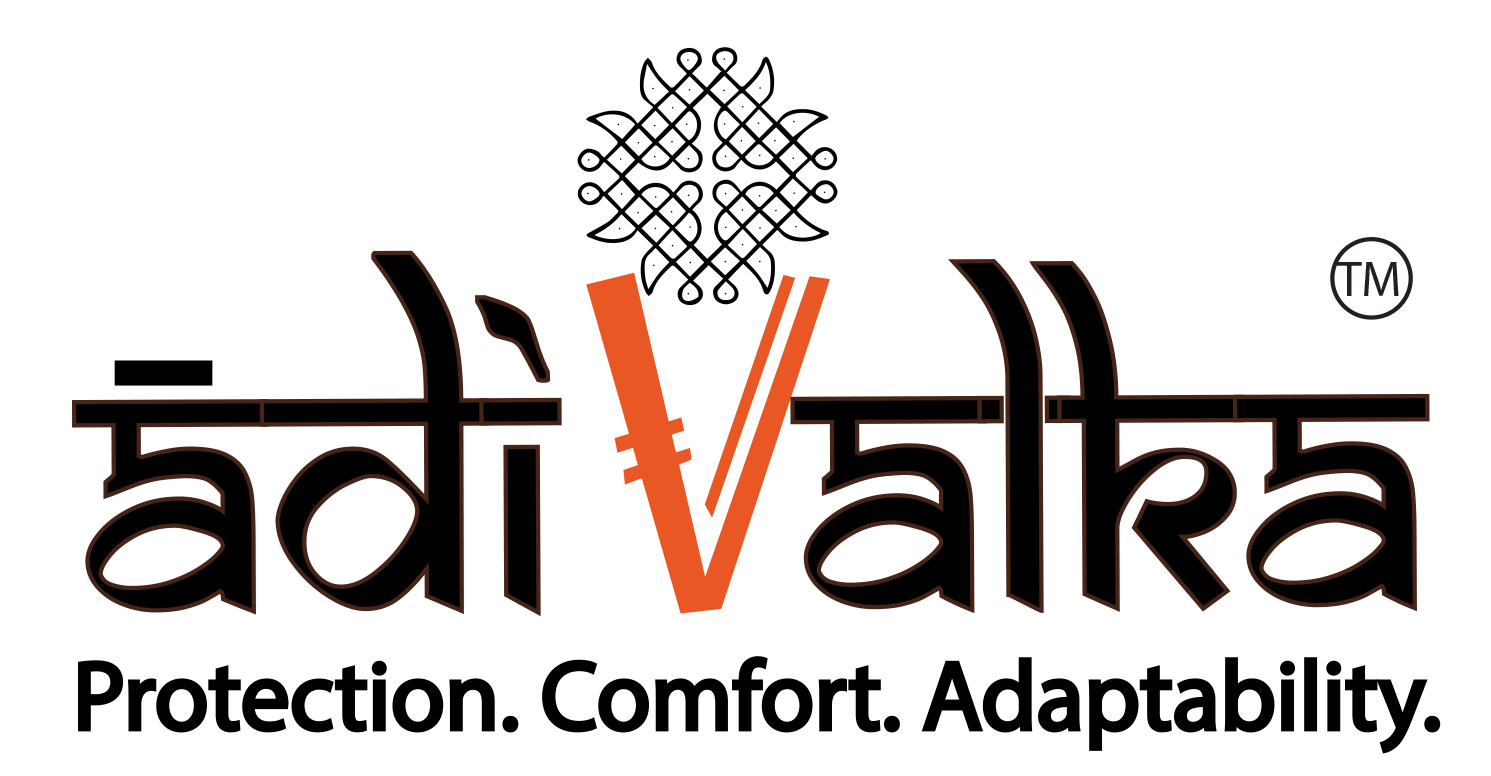Ikat cotton is immediately identifiable by how the edges of the patterns softly blur and how the colours in the fabric smoothly blend into each other. The fabric has its origins in many different parts of the world — South East Asia, Central Asia, South America and West Africa.

The weaving of Ikat cotton has been practiced in the regions of India, Japan, Indonesia and other South East Asian countries for millenia. In India, Ikat is prevalent in three Indian states — Gujarat, Andhra Pradesh and Orissa.
The word “Ikat” is of Indonesian origin, and it implies the act of tying or binding, recalling the technique of making the distinctive ikat fabrics. Ikat is one of the most ancient techniques of dyeing fabrics.
Ikat fabric is coloured through the ‘resist dyeing’ technique. Bundles of yarn are tightly bound using a wrapping (think plastic, mud, wax, starch) in the desired pattern, and then dyed. The wrapped portions are left untouched, i.e. ‘resist’ the dye, while the others are now coloured and patterned.

Ikat comes in a variety of forms — Warp Ikat, Weft Ikat, and what we at AdiValka use, Double Ikat. Double Ikat fabrics stand out for their mesmerizing intricate geometric designs that spread out over the soft cotton. Each design leads your eye into the next, leading to a beautiful flowing pattern that tantalizes the eye.
Easy, soft, and comfortable, the ikat cotton is light and naturally breathable — perfect to fashion into your favourite AdiValka yoga, ethnic and fusion wear.








Leave a comment